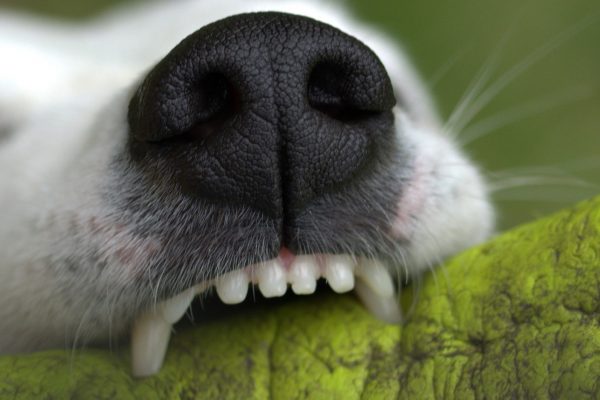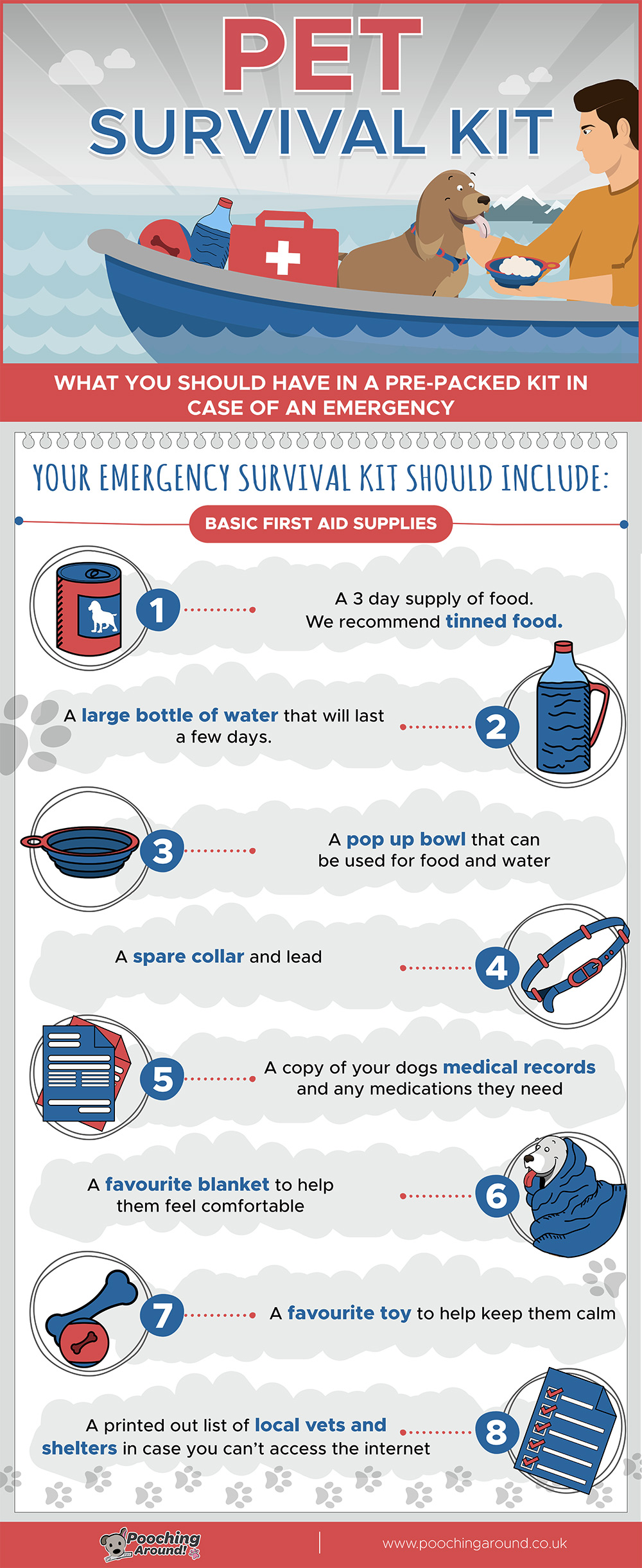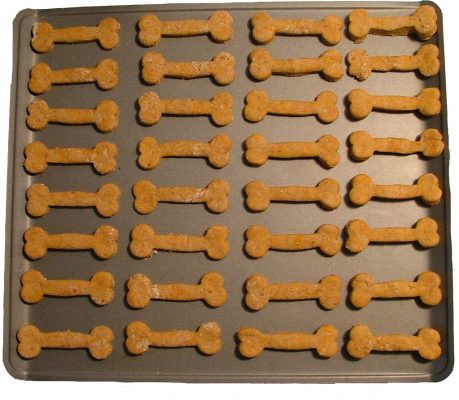It is very common that dogs depict negative behavioural issues. These are mostly prevalent due to lack of communication. It is very surprising that humans and animals, being completely different from each other can reside in perfect harmony with each other. Since dogs are a regular part of a family now, they need to behave in a certain way.
Here’s how.
Handling an Aggressive Dog
The aggression in dogs is extremely common. It can be attributed to a lot of reasons. The most common factors include illness, fear, possessiveness, frustration. It is very essential for every dog owner to determine the factor of aggressiveness. However, there are a couple of strategies can be implied to regulate the aggression of your dog. In order to treat aggression of your pet, firstly it is important to determine the cause of it. Secondly, you should try to avoid the circumstances that cause aggression. Lastly, you should reward him every time he behaves appropriately.
Handling a Dog that Bites
Dogs interact with the world with their mouth just like what humans do with their hands. Moreover, the mouth is their tool to analyze the world. Many reasons can be attributed to dog biting behavior. These are inclusive of anger, anxiety, fear, and self-defense. The reason can be interchangeable and confusing, but the outcome is same- Bite. Irrespective of the reason your dog tends to bite for, there is wide range of steps that can be taken for it.
Foremost, spaying and neutering your dog can help minimize the probability of biting behavior. It is important to exercise and play with your dog daily as it will mellow their energy down. Otherwise, the energy might be directed towards aggression and biting.

CAUTION: Don’t allow your dog to roam unleashed when they are the threat to people or other animals.
Stopping a Dog from Jumping
If your puppy loves running off to you or jumps at you, it’s not the sign of affection. This behavior involves barking and jumping off at door bell. It is very uncomfortable and outright frightening. However, some owners prefer to be greeted enthusiastically by their pet, but it can be inappropriate for some guests especially the ones who are frightened of dog.
This behavior can be curbed by appropriate training. You need to show cold behavior once they jump at you. Turn around when it jumps at you and don’t make any eye contact with them. Treat them when they are good and sober back at their place.
Stopping a Dog from Marking Territory
It is an intrinsic behavior of dog to mark their territory. There are the variety of reasons that can be attributed to this behavior. This most prevalent is in the case of stress. With appropriate training, a dog can be trained to mark their territory appropriately. They can be trained to mark their territory only in the case of food.
To overcome territory marking, neutering and spaying your dog can be helpful. Moreover, making your dog familiar with an unfamiliar face can reduce the unwanted behavior to a maximum extent. Dogs love rules. If you want to control this behavior, you should establish yourself as the leader and command.
Preventing your dog from leash pulling
Dogs are intrinsically designed to pull off their leashes; it is a modulation of their historical utilization in being puller of packs. Nonetheless, the pattern of historical utilization is still so evident in some breeds that they strain their leashes extremely hard that it tends to suffocate them.
Leash prevention can be treated for a lot of reasons. Firstly, one needs to adjust their attitude. Rather than teaching your dog not to leash pull, you should teach them to walk gracefully beside you. Secondly, you can play follow me the game with your dog. Lastly, rewarding your dogs with treats have a significant impact on the leash training your dog.
Preventing dog from car chasing
It is in dog’s nature to run after something that is moving swiftly and it might look stupid to you, but it makes perfect sense to them. The visibility of something moving pass swiftly past it can boost them to chase it. This habit can be extremely dangerous; it can confuse the driver as well as put the dog at risk too.
The most important step in this regard is to ensure to keep your pup on a six feet leash. Practice by making a friend drive by on a bike slowly. Gradually increase the speed of the vehicle and continue to practice until the dog stops chasing. Finally, reward him with a treat with positive reinforcement.
Prevent Destructive Chewing
Just like newborns, dogs are also prone to chewing as teething can be painful. Nonetheless, the grownup dogs also tend to chew things when they are bored or anxious. In some instances, chewing can be helpful to keep the teeth clean. However, there is a difference between desired chewing and unwanted chewing.
Destructive chewing can be eliminated by following a couple of steps. Firstly, you should unleash the additional energy of your dog. You should take them to exercise to let their energy mellow down. Moreover, in case of puppies, they should be provided with chew toys.
Prevent excessive guarding
It is inherited that dogs guard their food. It is very common for your dog to growl when you pass by him while he is eating. This behavior can be very harmful in case you want to get something out of his mouth in case something toxic is consumed.
The foremost thing is to never feed your dog when before or while you are eating. Intrinsically, when dogs go on a hunt the alpha dog eats first, same should happen in a human-dog pack. You should eat first and feed your dog afterward. To limit the food guarding you should never step back from the bowl. This is actually what your dog wants. By stepping back, you are reinforcing the unwanted behavior- food guarding and growling.
By: Wendy Shore
Wendy Shore is a parent of two amazing dogs. She is very enthusiastic about pet health and welfare in general. She regularly blogs at totally goldens.





